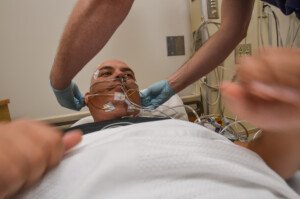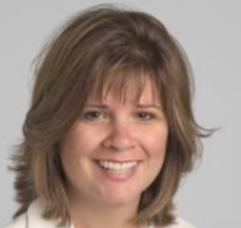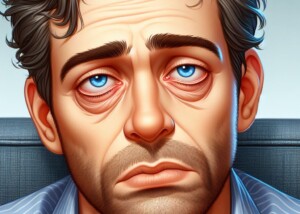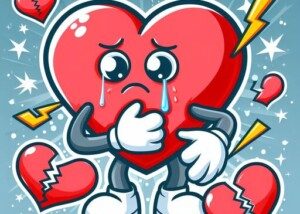
Don’t get your hopes up if your first sleep study is negative for sleep apnea.
Better have a second sleep study done because the first one may have missed it.
“It is true that a single sleep study, especially a home study, is insufficient when clinical suspicion is high,” says Dr. Nancy Foldvary-Schaefer, DO, MS, and Director, Sleep Disorders Center, Cleveland Clinic.
Dr. Foldvary points out that there is variability night to night. This includes sleep position and whether or not the patient drank alcohol in the several hours prior to bedtime.
She adds, “Nasal obstruction might make apnea worse on one night than another.”
Study on Sleep Studies
Meyer et al’s report in the journal Chest states that a single negative sleep study (even in the lab) is not sufficient enough to rule out obstructive sleep apnea in people who have at least one clinical marker for the condition.
The study was small, but quite noteworthy, in that the 11 patients all tested negative for OSA on their first polysomnography — even though they all had clinical signs of OSA.
But the second study was positive for six of the patients.
The study authors speculate that pharyngeal resistance was not high enough on the baseline study for the patients to yield apnea or hypopnea events.
However, the resistance was high enough on the second night.
Another speculation is that on the second night, the patients with positive results had more nasal blockage than they had on the first night.
Next up is the idea that on the second night, the patients spent more time on their back, which encourages airway collapse due to gravity.
Dr. Foldvary-Schaefer says, however, that “not all OSA is worse in supine position.”
Plus, the study did not track body positions anyways.
Mabye a few of the patients had ingested liquor prior to the study — even though they had received instructions to avoid alcohol.
Perhaps one had an upper airway infection. “We don’t test patients generally when they have upper airway infections,” says Dr. Foldvary-Schaefer.
“So a single night or recording can always miss OSA, probably when disease severity is more mild.”
How many negative tests are needed to rule out OSA?
There is a study by Dean and Chaudhary in which three people were diagnosed with obstructive sleep apnea upon a third study – after two false negative ones.
In short, lab polysomnography can miss obstructive sleep apnea, even though it’s the gold standard for diagnosis.
Summary: What a Negative Polysomnography Might Be Influenced By
• Absence or presence of nasal congestion or upper airway infection
• Abnormal upper airway anatomy
• Sleep position
• Noncompliance with alcohol abstinence
• Disruptive environmental factors (e.g., increasing fatigue from workplace stress as the test date nears)

 Certified by the American Board of Neurology and Psychiatry in Neurology, Clinical Neurophysiology and Sleep Medicine,
Certified by the American Board of Neurology and Psychiatry in Neurology, Clinical Neurophysiology and Sleep Medicine, 
























